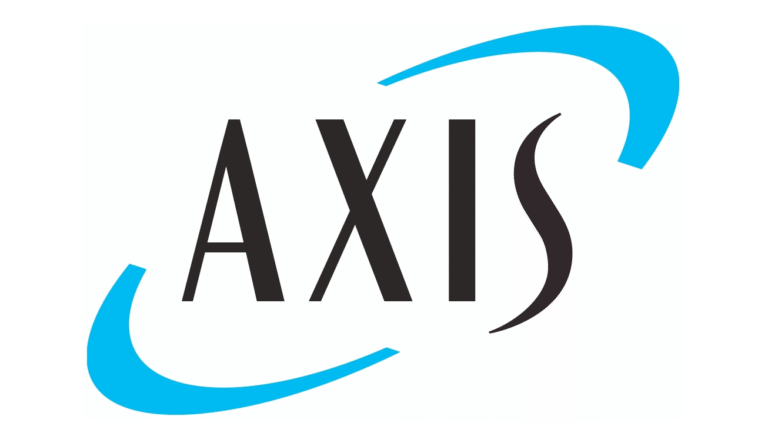
In an interview with Reinsurance News, Dani Katz, Co-founder and Director of software provider Optalitix, said reinsurers are at a pivotal point — with abundant capital, complex risks, and an urgent need for faster, data-driven pricing — noting that he sees the greatest opportunity in helping carriers bridge the gap between their actuarial models and underwriting operations.

He said, “Optalitix is already working with several reinsurers to digitise treaty pricing and portfolio management, and we see that as a major growth area.”
Katz added, “The use of large dataset (e.g. for simulations) has historically been difficult for reinsurers due to the terabytes of data involved that need to be stored and analysed. We have built technology on new data platforms that simplifies the storage and processing of this data and enables more interesting reinsurance products and features to be offered.
“In short, the reinsurer of the future will be a data company as much as a risk carrier and our technology is designed to make that transition seamless.”
Katz stressed that as the market softens, today’s reinsurers must respond more quickly to significant changes while maintaining pricing accuracy — something they can achieve through the Optalitix Quote pricing platform.
He explained, “New pricing platforms like Optalitix Quote are enabling that change by providing seamless integrations between pricing models (including in Excel and Python), the data feeding into those models, underwriting workbenches and CRMs so that every quote and risk decision is traceable, data-rich, and immediately actionable.”
Katz also highlighted the role of artificial intelligence (AI) and machine learning in accelerating this shift, noting that these technologies first require reinsurers to capture and store their pricing data to be fully effective.
He continued, “Pricing actuaries will be able to model portfolios dynamically, test multiple scenarios, and analyse complex datasets such as claims descriptions or policy wordings using AI models to find patterns that are not obvious to the human eye. This not only speeds up pricing but also provides far deeper insight into underlying risk and capital efficiency.
“By using new database systems that enable massive amounts of data to be stored (e.g. on claims experience, insured assets and simulations), reinsurers will be able to expand their product range. Reinsurers that are not digitising fast could find they can’t compete with these new data-driven products.”
Katz also discussed Optalitix’s recent expansion of Optalitix Quote, noting that the company’s reinsurance clients needed the same flexibility and governance that the pricing platform already provided primary insurers.
He said, “When Pool Re approached us to modernise its reinsurance scheme, we developed a digital treaty and claims management system that transformed their processes within six months. The new system allowed over 100 insurers to quote and bind £270 million of premium with no manual intervention, complete with full auditability, DocuSign integration, and MI reporting.
“That success demonstrated how Optalitix Quote can handle the complexity of reinsurance pricing, multi-layer treaties, large exposures, multiple counterparties while maintaining ease of use and complete governance. By digitising their pricing and integrating to other systems, we eliminated duplication, sped up claims settlements, and delivered transparency.
“We have a number of other reinsurers now joining and have developed several new tools based on their pain points, such as loss simulation systems, loss projections and other actuarial tools.”
He added that Optalitix is investing heavily in data storage, processing, connectivity, and automation, with the next evolution of its platforms focusing on advanced analytics, including an analytics database accessible through any querying tool (Python, SQL, R).
“It includes deeper API integration for real-time data enrichment, such as geospatial, catastrophe, and third-party exposure data and enhanced dashboards for portfolio monitoring and regulatory reporting,” Katz revealed.
“We are enhancing our user interface, making it even easier for actuaries and underwriters to collaborate with their complex pricing models. This is part of our goal to make these analytical tools accessible, supporting continuous innovation across underwriting teams and simplifying change.”
He shared that the company is preparing for a major launch of these Optalitix Quote enhancements in the next few months.
Katz also discussed how Optalitix leverages emerging technologies with a focus on solving clear client problems.
He said, “AI and machine learning are developing fast, and we have a number of clients using AI for their quote ingestion via Optalitix partners. We enable our clients to use AI far more easily via our quote ingestion APIs.
“We are looking to integrate AI into our analytics capability and have built large databases that enable much larger data storage for use in training AI and ML models.
“We use AI throughout our business to improve development processes and are always exploring AI enhancement opportunities with clients.”
Regarding the biggest challenges Optalitix faces in modernising re/insurers’ systems, Katz said it is not the technology itself but the operational and cultural change, especially within underwriting. He revealed that with Optalitix’s clients, success comes from starting with the business problem, not the technology.
“Many reinsurers currently rely on manual workflows, with data being manually moved, emails being sent, data being rekeyed,” he explained. “Transitioning to a digital, API-driven environment changes this but the faster data flows require reinsurers to rethink how actuarial and underwriting teams collaborate, how the models are maintained, and how data flows between departments. Our new product range has been designed to make these processes more seamless.”
He added, “Solving the business problems requires careful thought, as well as technology, and builds greater long-term value than just building the technology alone.
“Our role is to make the digital transformation in pricing achievable within months rather than years, connecting people, processes, and data through technology that underwriters actually use.”





